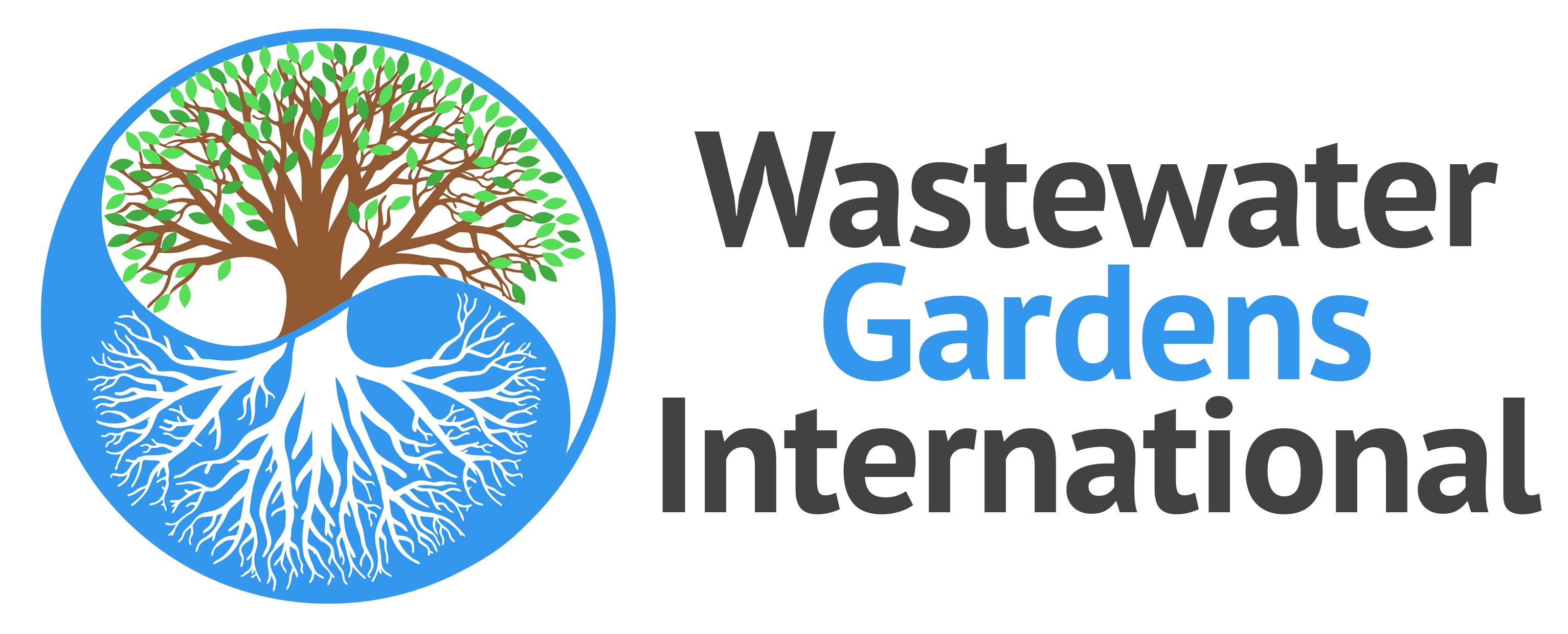From Biosphere 2 to the world
The use of wetlands to treat wastewater, from industry to human sewage, is not a new idea. But in recent decades, wetland scientists have deepened our understanding of how natural wetlands function to purify and make available valuable nutrients contained in wastewater. This has provided the basis for the design of constructed wetlands putting these systems to effective work around the world to solve environmental problems.
WASTEWATER GARDENS (WWG) sewage treatment system was initially developed in the Biosphere 2 Test Module in 1987, and then put to full test in the world renowned first large scale global ecology and closed systems laboratory experimental facility (1.2 hectares, 3 acre), BIOSPHERE 2, in Arizona, during its first years of closure experiments from 1991 to 1994.
The WWG system was designed in conjunction with Dr. Billy Wolverton, a NASA scientist, and managed and researched by Dr. Mark Nelson, a member of the eight-person Biosphere 2 crew in charge of the constructed wetland, a key element in the recycling water cycle within Biosphere 2. The wetland wastewater treatment system purified all sewage water (from laboratories, workshops, human residences, laundry, animals, and agricultural operations.). With water cycles greatly accelerated inside Biosphere 2, wastewater had to be effectively treated and recycled in a healthy, ecological manner for this mini
After leaving Biosphere 2, Dr. Mark Nelson, in collaboration with the Biosphere Foundation and the Institute of Ecotechnics, working with the eminent systems ecologist, H.T. Odum of the Center for Wetlands at the University of Florida, further refined the WWG design to make it adaptable and available for application worldwide, in a wide diversity of climates and ecosystems.
The first two WWGs were built in Akumal, Mexico in 1996 to protect coral reefs offshore the Yucatan coast and formed the research for Mark’s PhD in Environmental Engineering Sciences at the University of Florida. The research showed that the Wastewater Gardens were not only a low-capital cost and lower maintenance cost than alternative sewage treatment but also created highly diverse and beautiful gardens that enhanced homes, hotels, and businesses landscapes.
Wastewater Gardens International was formed as a separate business in 2005. Wastewater Gardens is also a division of the Institute of Ecotechnics since it’s such an excellent example of a technology which uses natural ecological processes to be effective, protects human health by preventing pollution of drinking water and protects the environment from the excess nutrients which degrade land and water ecosystems.
WWG systems have been installed in Algeria, Australia, Belize, Europe (France, Poland, Portugal, Spain), Bali and Sulawesi, Indonesia, Mexico, the US, Puerto Rico, the Philippines and Cape Eleuthera, the Bahamas.
Regulatory Acceptance of Wastewater Gardens
Subsurface flow constructed wetlands have been reviewed by the U.S. Environmental Protection Agency (EPA), Australian authorities, European Health authorities and various other countries’ agencies, and meet their wastewater standards.
All constructed wetlands designed and built by WWG team around the world have met and often exceeded requirements of purification provided they were well maintained as outlined in our Wastewater Garden Maintenance Manual. While the ability of WWG systems for water decontamination is often above local Health Authority treatment requirements, when even higher treatment than normal municipal standards is required for special purposes (areas classified as sensitive ecological zones for example), the area of the wetland is increased and/or made of both subsurface horizontal and vertical flow wetlands, thus providing the equivalent of advanced water treatment.
Today, this ecotechnology is finally being proven to be far more effective, affordable and long-lasting than conventional sewage treatment system (which require larger capital investment, high energy consumption, mechanical breakdowns, expensive maintenance), although they are not always adaptable to all situations since they require a larger amount of area than conventional sewage treatment systems.
Since Biosphere 2, over 150 WWG systems have been installed worldwide with purifying results still as effective:90-95% BOD reduction (Biological Oxygen Demand)
- 90-95 % TSS reduction (Total Suspended Solids)
- 45-80% Nitrogen reduction –
- 30-60% Phosphorus reduction –
- Over 98% Coliform bacteria reduction without use of disinfection
Examples of laboratory water analyses of water from a WWG treatment unit (Birdwood Downs homestead, Derby, West Australia)
TABLA
